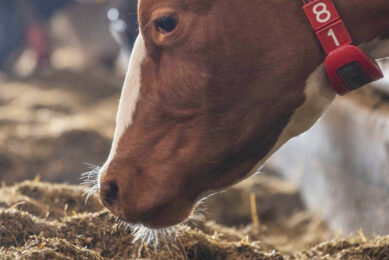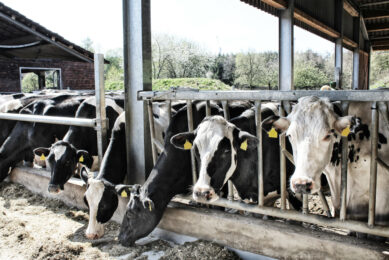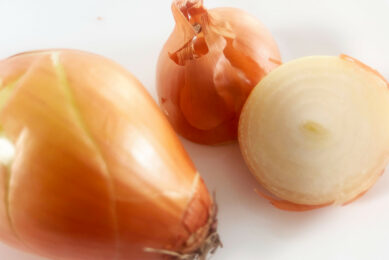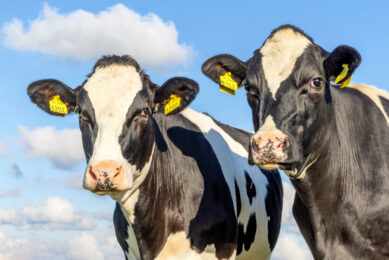Brazil’s corn industry is discovering DDGS
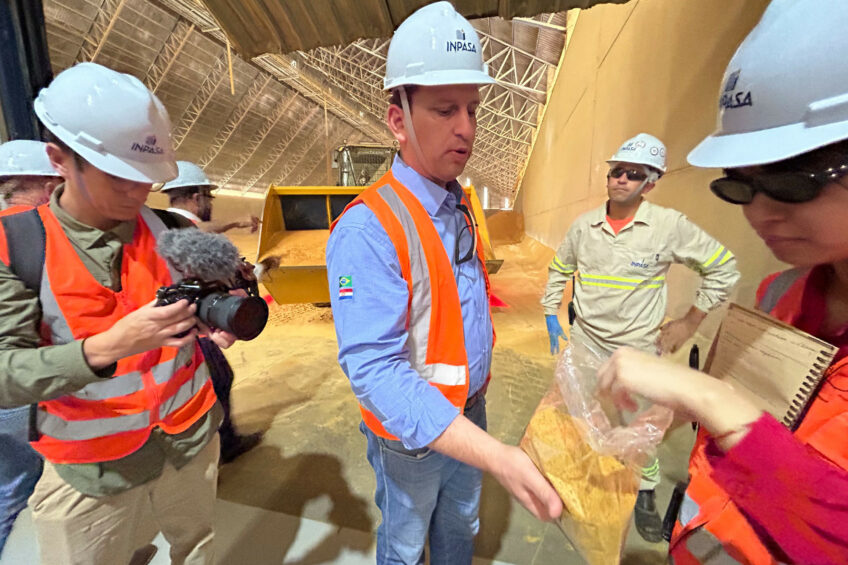
In Brazil, they call it ‘grão dourado’, or ‘golden grain’ – corn. In the last decade, new opportunities for corn have emerged in the country so that corn can be valorised even further by turning corn into ethanol for fuel consumption and selling its by-products as animal nutrition. Dairy Global travelled to Mato Grosso state to learn more.
Without a doubt, one of the most dynamic business sectors in Brazil’s agro-industry is that of corn biorefinery. In just 7 years since the 2017-2018 crop season, the corn biorefining industry has managed to grow its production more than 12-fold. In that time, Brazil’s corn ethanol production has surged from 520 million litres to 6.3 billion. The country expects this growth to continue over the next decade and to at least double again to 14 billion litres.
That vast increase is not so much related to Brazilian agricultural policy initiatives or massive subsidy programmes. Rather it can be explained by two concurrent developments. The first among those is the energy transition in the transport sector, i.e. the use of ethanol instead of fossil fuels. Brazil’s biofuel consumption has traditionally been relatively high – at about 25% of all transport fuels. Most of the cars in Brazil, for example, are equipped with flexible fuel systems that are capable of using both ethanol and gasoline. For a long time the most common biofuel in Brazil was ethanol derived from sugar cane. Since the 2016-2017 crop season, however, corn ethanol has emerged and risen from virtually zero to capture 20% of the vast Brazilian biofuel market in 2024.
A second reason for the massive success of corn biorefineries relates to an awareness of the need to valorise its by-products. Feed components can also be made from the by-products of corn ethanol production, such as distillers’ dried grains (DDG) as well as distillers’ dried grains with solubles (DDGS). For the difference between these, see box below ‘By-products of the corn industry’.
With the growth of ethanol biorefineries, the production of both DDG and DDGS also jumped in Brazil, from 530,000 tonnes in 2018 to 3.63 million tonnes in 2024. Guilherme Nolasco is president of Brazil’s National Corn Ethanol Union (UNEM). He says: “The world currently consumes 117 billion litres of ethanol annually and is projected to reach 300 billion by 2030, for use in vehicles, airplanes with sustainable aviation fuel and ships, in addition to the growing demand for animal protein and other products.”
The ‘golden grain’
The year 2024 is not considered in Brazil to be a very good year in terms of harvest. Even in a ‘bad’ year, however, Brazil’s corn harvest is expected to reach 112.7 million tonnes, up 54.4% from a decade ago. That upward trend is expected to continue. Based on official projections by Brazil’s Ministry of Agriculture and Livestock (MAPA), the country’s production will reach 176.9 million tonnes by crop season 2032-2033. A forecast that makes sense when considering that corn will be used not only for food and feed purposes but also to produce ethanol, corn oil, DDG, DDGS and other by-products. Every tonne of the ‘golden grain’ can produce 450 litres of ethanol, 212 kg of DDG or DDGS, and 19 litres of corn oil.
Corn is now Brazil’s second crop after soybeans. The favourable climate means that Brazilian farmers can grow 3 crops a year in the same area. In Mato Grosso state, for instance, in the central-west region bordering Bolivia, farmers can harvest soybeans, corn and a third crop of choice on the same land in one year. A corn crop typically takes up less space than soybeans, Nolasco explains. “Currently, only about 60% of the first crop area (soybeans) is needed for a second crop (corn). In Mato Grosso state, this is around 20 million hectares. The conversion of degraded pasture land could bring another 26 million hectares into this cycle.”
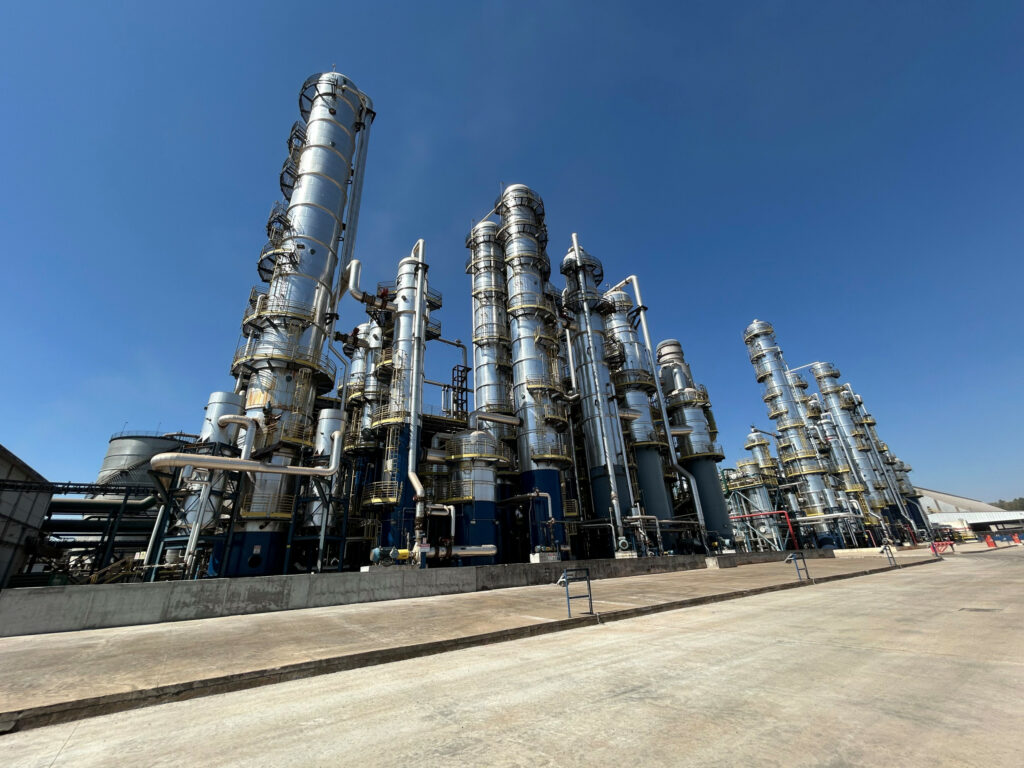
Addition of factories
The forecast of increasing the corn supply, combined with the demand for green biofuels and sustainable foods, has led to a real boom in refineries dedicated to grain processing. According to UNEM data, there are currently already 21 plants for corn biorefining in Brazil – the vast majority (over 80%) having emerged in the last 5 years. Of this total, the lion’s share (18 refineries) can be found in the central-west region, including Mato Grosso state. There is also one to be found in the south (the states known for pig and poultry production), while another is located in the south-east (the region including the cities Rio de Janeiro and São Paulo), with one located in the north-eastern region.
The emergence of more refineries will continue, as another 9 plants are about to be taken into use – including 5 more in Mato Grosso state. In addition, UNEM states that at least another 11 plants are in the planning stages.
Dairy Global visited various plants in Mato Grossostate, amongst those FS Bioenergy in the town Lucas do Rio Verde. For this feature, Dairy Global also visited Coopernova, a dairy cooperative based in the northern region of Mato Grosso, it shares results of feeding DDG to cows, see article: Dairy cooperative shares results of feeding DDG to cows.
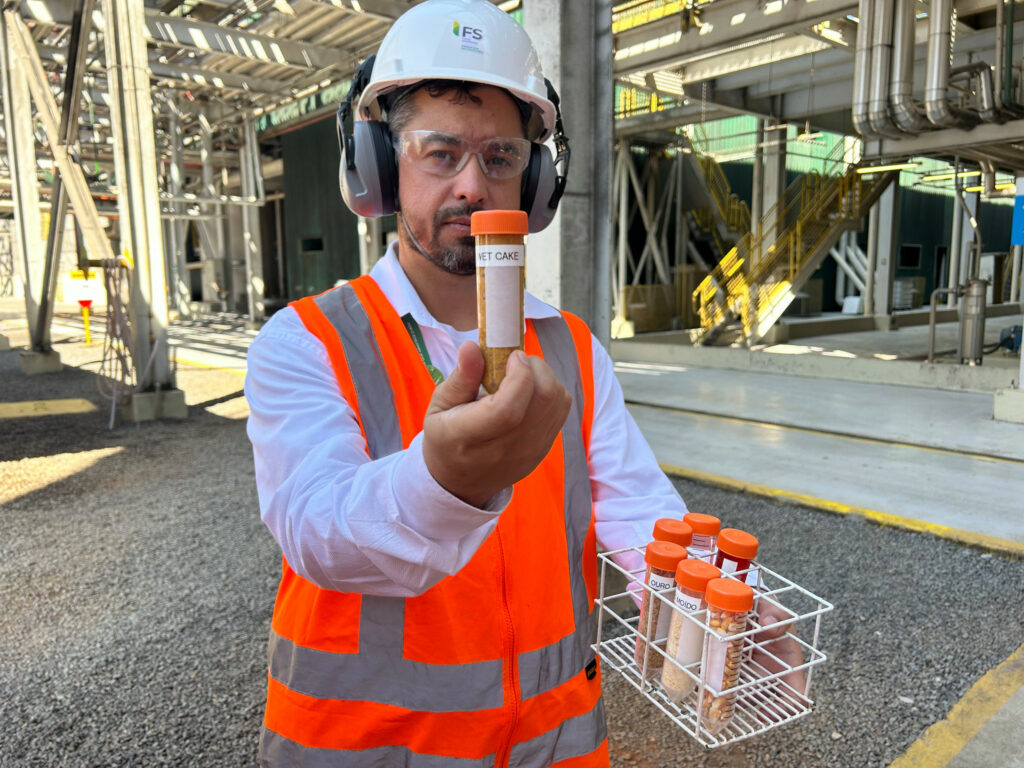
DDG world market
Corn ethanol plants produce both DDG and DDGS, which are considered high-quality alternatives for use in animal production: this includes pigs, poultry, beef cattle, dairy cows, sheep, fish and pets. Nolasco says: “DDG and DDGS are strategic and advantageous alternatives for farmers, whether for the intensification of animal production, conversion of degraded areas, or adding value to corn by-products.”
Currently, the US dominates that market as it is the largest corn ethanol producer, where its DDGS exports exploded from 5 million tonnes in 2009 to more than 11 million tonnes exported to 58 countries in the season ending 2023. Mexico purchased the bulk of that amount, buying more than 20%, while South Korea took second position. Vietnam, Indonesia and Canada completed the list of top-5 importers for the season ending 2023.
In comparison, in 2024, Brazil is producing about 4 million tonnes of DDG and DDGS and is expected to export between 800,000 and 1 million tonnes. To illustrate the potential, the country’s feed production amounts to about 83 million tonnes.
Global market for Brazil’s produce
Nolasco says that Brazilian DDG and DDGS products are already being shipped around the globe, with exports to Indonesia, Japan, New Zealand, South Korea, Spain, Turkey and Vietnam, while China is also expected to open its market soon for Brazilian DDG and DDGS products. Future shipments could provide further opportunities for Brazil to expand its global position in animal husbandry. It could help to produce even cheaper and better domestically and, at the same time, help to provide better products worldwide.
Nolasco concludes: “Therefore, we see the DDG and DDGS market is an investment strategy. We didn’t have a production chain previously, but today we do. We believe that DDG and DDGS could represent up to 25% of the corn biorefinery business.”
Join 13,000+ subscribers
Subscribe to our newsletter to stay updated about all the need-to-know content in the dairy sector, two times a week.



